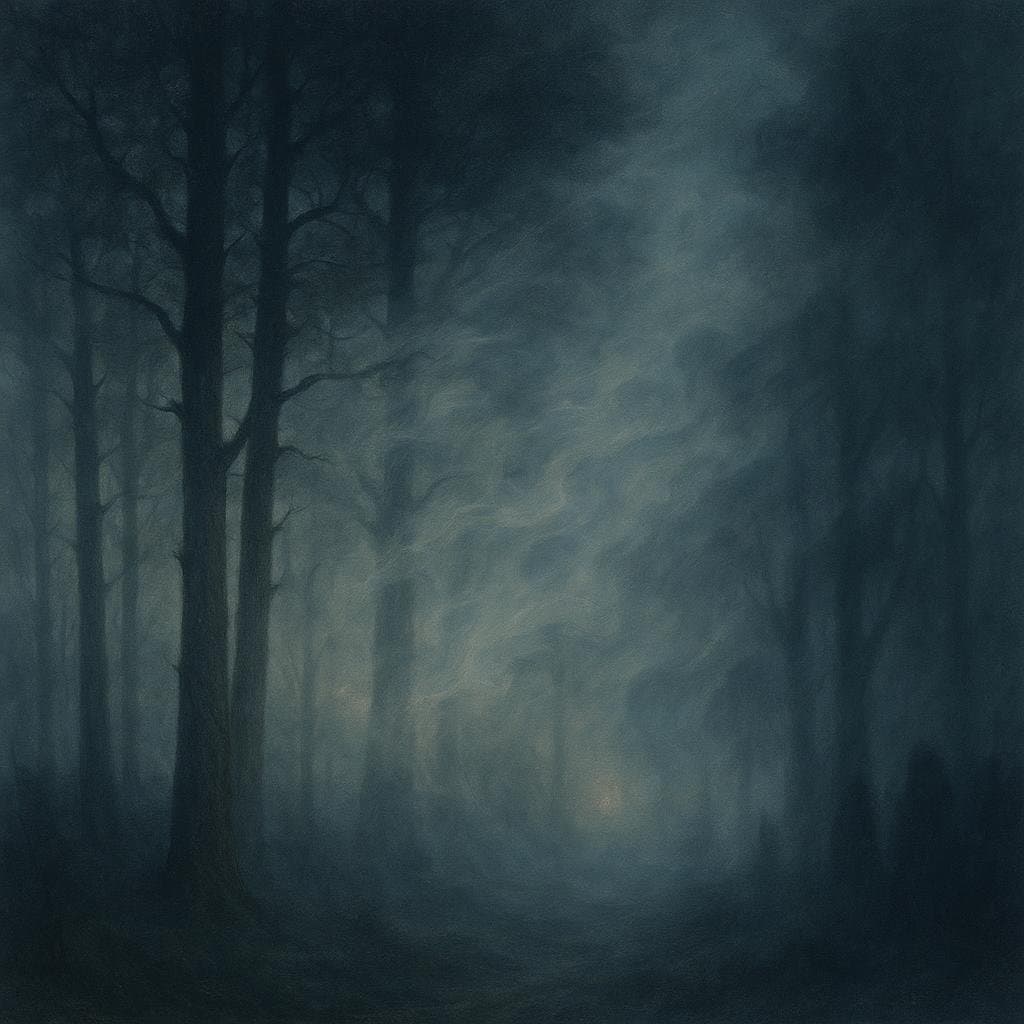Living with Doubt: The Persistent Ache of Uncertainty
Created at: May 15, 2025

Doubt is an ache that never fully goes away. — Martin Amis
The Nature of Doubt
Doubt, as Martin Amis describes it, is not a fleeting companion but a lasting ache in the human experience. Unlike physical pain, which often has a cause and an end, doubt lingers, woven into the very fabric of our thoughts and decisions. Its persistence can shape how we perceive ourselves and the world, making certainty feel like a rare and precious commodity.
Doubt in the Creative Process
Transitioning from the general to the specific, writers and artists often encounter doubt as part of their craft. Amis himself, in interviews, described the constant questioning that haunts the act of writing—whether a sentence rings true, a character convinces, or a story matters. This creative uncertainty, while uncomfortable, can drive refinement and deeper introspection, echoing Virginia Woolf’s notion in *A Room of One’s Own* (1929) that a writer’s best work emerges from questioning, not complacency.
Philosophical Roots of Uncertainty
Looking beyond the world of literature, doubt has been a cornerstone of philosophical thought. Descartes’ famous method—'cogito, ergo sum'—uses doubt as the starting point for all inquiry. Amis’s notion of an unending ache mirrors Descartes’ recognition that even after establishing some truths, uncertainty remains about much of our lives. Thus, doubt is not a flaw, but a basic condition of conscious existence.
Personal Growth Through Persistent Questions
Building on this, the embrace of doubt can foster resilience and growth. In psychological terms, acknowledging uncertainty encourages intellectual humility and adaptability. Consider how, during times of crisis or decision-making, the ache of doubt is a sign that we are grappling with complexity rather than accepting easy answers. It becomes an engine for learning, pushing us to evaluate, reconsider, and improve.
Acceptance and Living with Uncertainty
Ultimately, as Amis’s metaphor suggests, doubt is not something to be cured but managed. As with physical aches that recede into the background of everyday life, learning to coexist with uncertainty is part of maturity. Whether in creative endeavors or daily choices, the key lies in accepting doubt’s presence, letting it guide rather than cripple us, and finding meaning in the questions that never quite go away.